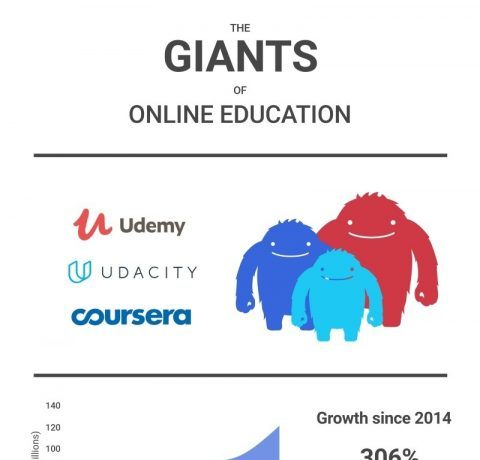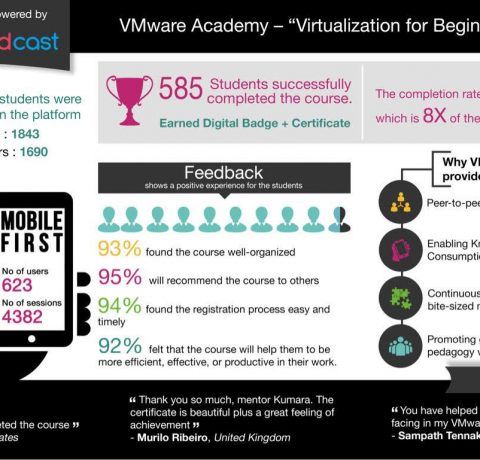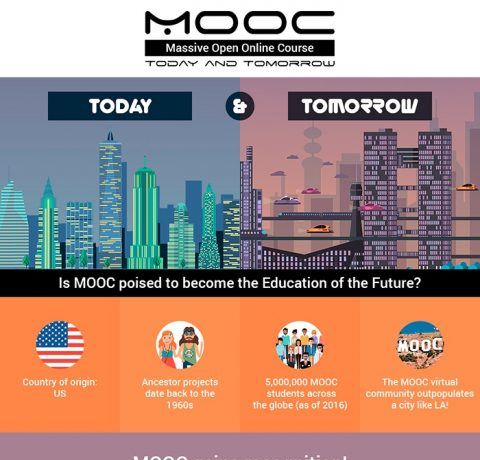Pros and Cons of Open Education Infographic
Open Education is the institutional practices and initiatives that broaden access to learning and training through formal educational systems.Check out The Pros and Cons of Open Education Infographic to get to know the pros and cons of open education.
Major Open Education Players
- OERs (Open Educational Resources) are used primarily for the remixing and modularization of educational elements.
- MOOCs (Massively Open Online Courses) are offered by some of the nations preeminent universities for free and to massive audiences.
Pros: Open Education is Online
- Making it easy to scale.
- Average Private College Student Body: 1,920.
- Average Student Body for All Universities: 6,154.
- Total enrollment in Harvard’s Introduction to Computer Science MOOC: 348,500 .
- More Iterative and More Interactive.
Common features of Open Education
- Forums
- Simulations
- Instant Assessment Tools
- Online Communities
- Live Feedback
- Student Services
- Data Backpacks
Cons: Demographic Woes
Are they really removing barriers to higher education?
Most common characteristics for Harvardx and MITx students [as percentage of all students]
- 71% Bachelor’s and Above
- 76% Above 30 years old
- 69% Male
Educational attainment of incoming Canvas Network Students:
- 33%: less than bachelor’s degree
- 19%: bachelor’s degree
- 37%: master’s degree
- 11%: doctoral degree
What does it mean to “reach” millions of participants?
- An estimated 4% of MOOC participants finish their course.
- Number of students accessing more than half of a given MITx or Harvardx course
- Total: 1.4 million
- Accessing more than half: 249k
Future Hurdles
Open education is expected to continue to grow if the following can be dealt with.
Identity Verification is Important for:
- Institutional Credibility.
- Federal Requirements.
- Accreditation Requirements.
- Student achievement.
Current Processes:
- Challenge Questions are created by publicly available data on students, to verify identity.
- Video proctoring involves having your webcam turned on during testing, with real proctors watching.
- Biometrics including fingerprinting, retina scans, and voice recognition are currently being created.
- Proctoring software can often track student fingerprints or the rhythm with which students answer questions.
Instructional Quality is Important for:
- Accreditation Requirements
- Student Engagement
- Better Outcomes
Current Best Practices:
- Learning Contracts
- Forums
- Small Group Work
- Project-based education
- Collaborative Learning
- Mentorship







You can adjust your cookie preferences here.